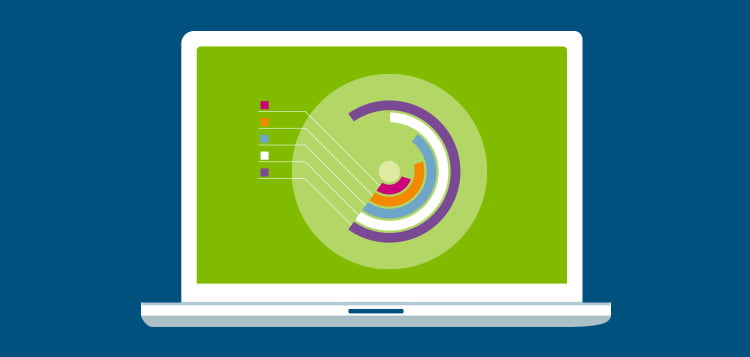Fascinated In Discovering Just How Website Design Has Advanced For Many Years? Explore The Journey From Simple Designs To User-Centered Approaches
Fascinated In Discovering Just How Website Design Has Advanced For Many Years? Explore The Journey From Simple Designs To User-Centered Approaches
Blog Article
Short Article Developed By-Booker Bojesen
In the past, websites were easy and concentrated on details. Navigation was straight, and design was for desktop computers. Currently, user experience is vital. Information guides layouts for simple navigation. Receptive designs match different gadgets. Today, dark mode reduces strain, and minimalist menus improve navigation. Interactive features engage individuals, and bold visuals stand apart. AI integration boosts involvement. See how layout has developed to enhance your on the internet trip.
Very Early Days of Website Design
In the very early days of web design, simplicity preponderated. Web sites were standard, with restricted colors, typefaces, and designs. The focus was on offering details as opposed to showy visuals. Users accessed the net with slow-moving dial-up connections, so rate and performance were vital.
Navigation menus were straightforward, typically located at the top or side of the page. Internet sites were created for computer, as mobile browsing wasn't yet prevalent. Content was king, and designers prioritized very easy readability over complicated design elements.
HTML was the primary coding language used, and developers had to function within its restraints. Animations and interactive attributes were marginal contrasted to today's requirements. https://www.forbes.com/sites/forbesagencycouncil/2021/10/26/3-steps-all-marketers-must-take-to-be-successful-in-digital-marketing/ were static, with little vibrant content or tailored customer experiences.
Increase of User-Focused Layout
With the advancement of website layout, a change towards user-focused layout principles has actually come to be significantly prominent. Today, developing internet sites that focus on customer experience is essential for engaging visitors and attaining business goals. User-focused design includes comprehending the demands, preferences, and actions of your target market to tailor the site's layout, web content, and features appropriately.
Developers now perform thorough research study, such as customer surveys and use screening, to collect insights and comments directly from customers. This data-driven approach helps in creating instinctive navigation, clear calls-to-action, and aesthetically appealing interfaces that reverberate with site visitors. By positioning the customer at the facility of the layout process, websites can supply an extra customized and delightful experience.
Responsive design has additionally emerged as a vital facet of user-focused design, making sure that internet sites are enhanced for different tools and display dimensions. This flexibility improves ease of access and functionality, catering to the varied ways customers connect with websites today. Basically, the rise of user-focused design signifies a shift towards producing digital experiences that prioritize the requirements and assumptions of completion customer.
Modern Trends in Web Design
Check out the latest patterns forming web design today. One prominent fad is dark mode style, offering a smooth and modern-day appearance while minimizing eye strain in low-light settings. Another crucial trend is minimalist navigation, simplifying menus and boosting user experience by concentrating on essential elements. Incorporating micro-interactions, such as animated buttons or scrolling results, can create an extra appealing and interactive site. Receptive style stays important, guaranteeing smooth customer experiences across numerous devices. Additionally, using strong typography and unbalanced formats can add aesthetic interest and accentuate details content.
Incorporating AI modern technology, like chatbots for customer assistance or customized suggestions, enhances individual interaction and simplifies procedures. Accessibility has likewise become a substantial pattern, with designers prioritizing inclusive style practices to cater to varied customer requirements. Accepting sustainability by enhancing website performance for speed and performance is one more emerging pattern in web design. Collaborating with individual responses and information analytics to repeat and enhance layout continually is important for staying relevant in the ever-evolving electronic landscape. By embracing these modern-day fads, you can create an aesthetically appealing, easy to use web site that resonates with your target market.
Conclusion
As you reflect on the development of website design from the very early days to currently, you can see exactly how user-focused layout has actually come to be the driving force behind modern-day fads.
Accept the journey of change and adjustment in website design, always keeping the customer experience at the leading edge.
Stay existing with the latest trends and modern technologies, and never stop developing your strategy to create visually spectacular and straightforward web sites.
Develop, adjust, and produce - the future of web design is in your hands.
